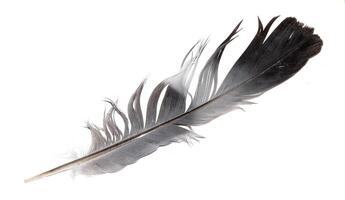The pigeon is a typical flying bird. It is a preferred laboratory animal for low cost and easy availability.
Killing:
Pigeons are killed with chloroform.
Dissection:
Pluck the feathers and put those in a basket in a corner of the laboratory. Lay the bird on a dissecting tray with the ventral surface up. Fix the pigeon in that position by pushing pins through wings and hind limbs.
Give a longitudinal incision on the skin of the breast along the mid-ventral line.





